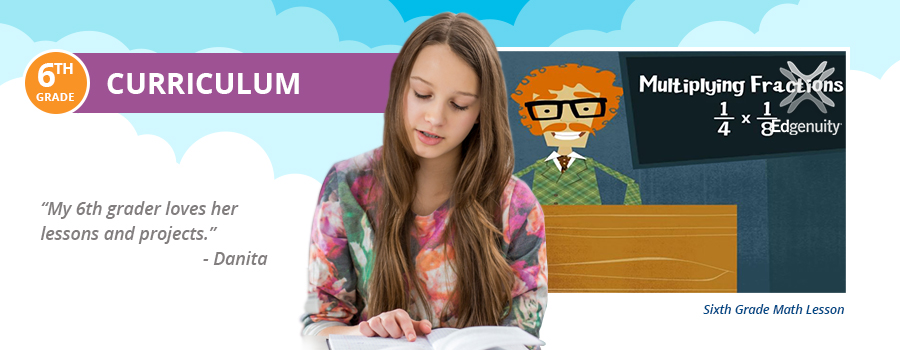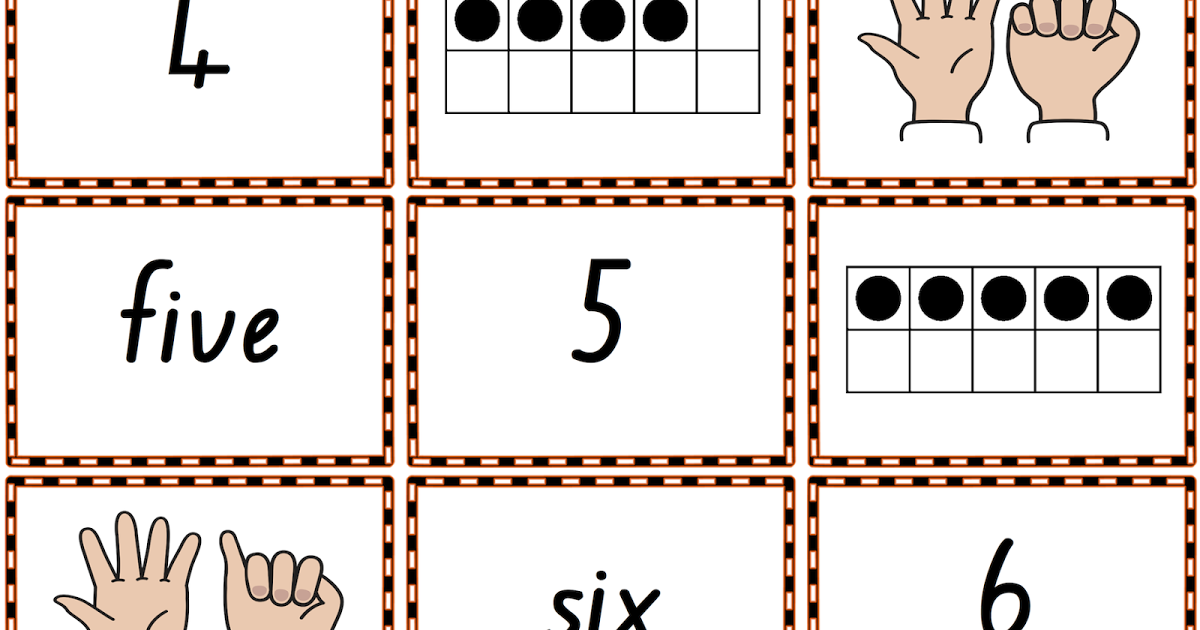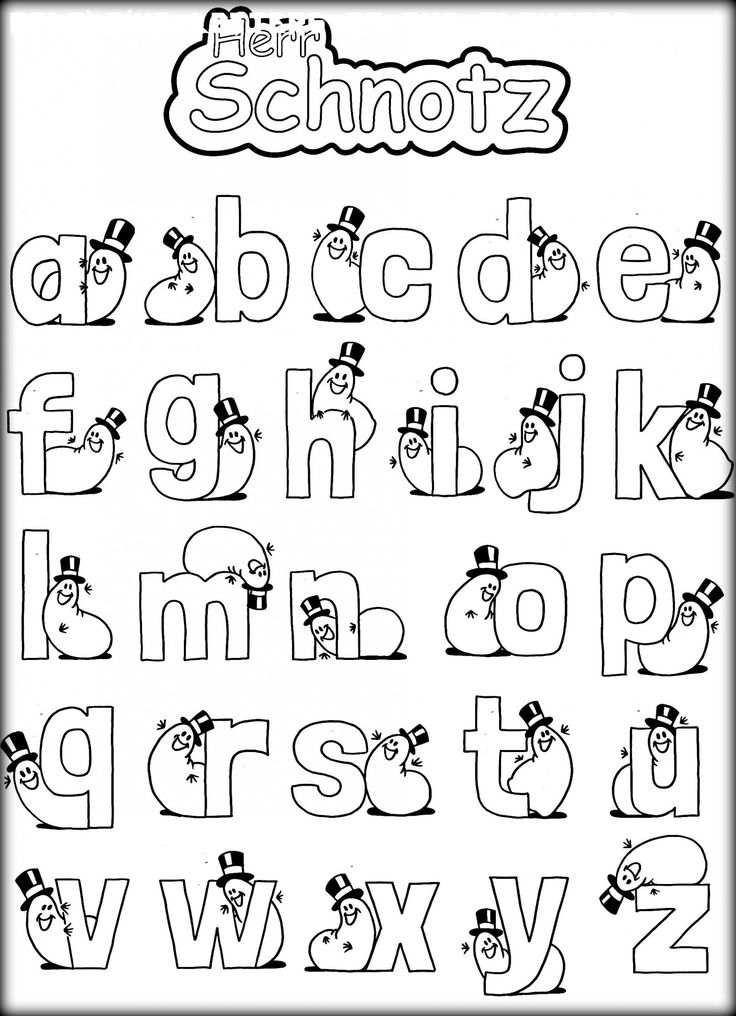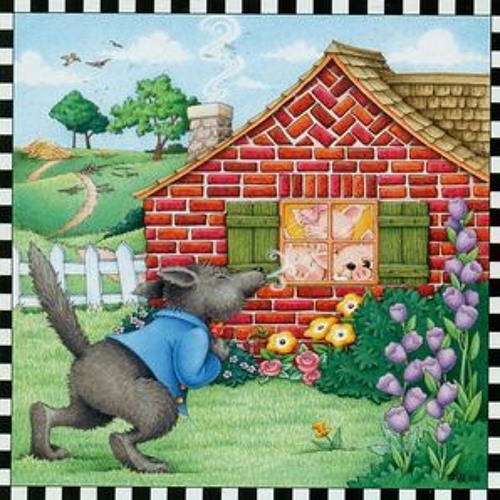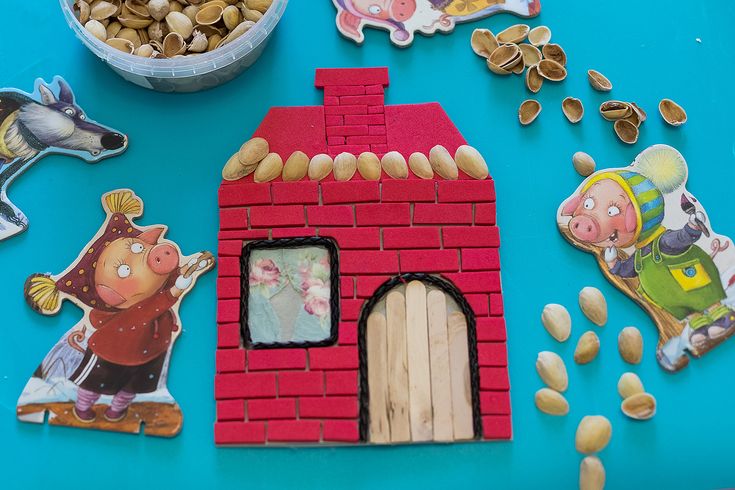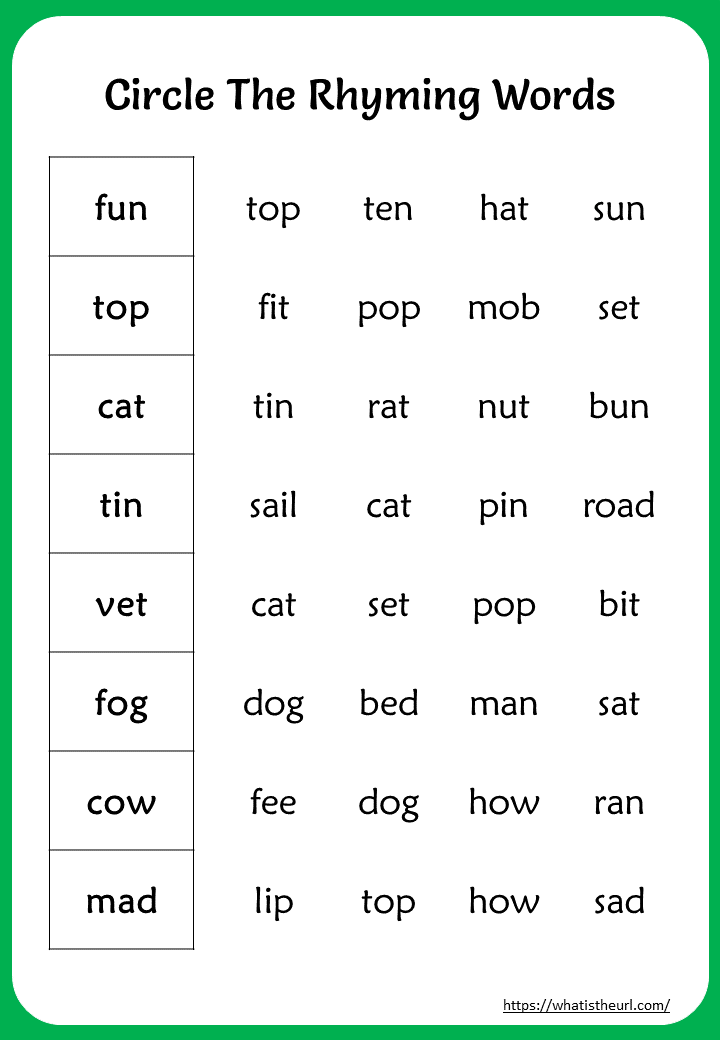Child learn math
| Helping Your Child Learn Mathematics With activities for children in preschool through grade 5 This booklet is made up of fun activities that parents can use with children from preschool age through grade 5 to strengthen their math skills and build strong positive attitudes toward math.
Table of Contents
Last Modified: 02/27/2009 | |||||||||||||||||||||||||||||||||||||||||||||||||||||||||||||||||||||||||||||||||||
Math Skills and Milestones by Age
Kids start learning math the moment they start exploring the world. Each skill — from identifying shapes to counting to finding patterns — builds on what they already know.
Each skill — from identifying shapes to counting to finding patterns — builds on what they already know.
There are certain math milestones most kids hit at roughly the same age. But keep in mind that kids develop math skills at different rates. If kids don’t yet have all the skills listed for their age group, that’s OK.
Here’s how math skills typically develop as kids get older.
Babies (ages 0–12 months)
- Begin to predict the sequence of events (like running water means bath time)
- Start to understand basic cause and effect (shaking a rattle makes noise)
- Begin to classify things in simple ways (some toys make noise and others don’t)
- Start to understand relative size (baby is small, parents are big)
- Begin to understand words that describe quantities (more, bigger, enough)
Toddlers (ages 1–2 years)
- Understand that numbers mean “how many” (using fingers to show how many years old they are)
- Begin reciting numbers, but may skip some of them
- Understand words that compare or measure things ( under, behind, faster)
- Match basic shapes (triangle to triangle, circle to circle)
- Explore measurement by filling and emptying containers
- Start seeing patterns in daily routines and in things like floor tiles
Preschoolers (ages 3–4 years)
- Recognize shapes in the real world
- Start sorting things by color, shape, size, or purpose
- Compare and contrast using classifications like height, size, or gender
- Count up to at least 20 and accurately point to and count items in a group
- Understand that numerals stand for number names (5 stands for five)
- Use spatial awareness to put puzzles together
- Start predicting cause and effect (like what will happen if they drop a toy in a tub full of water)
Kindergartners (age 5 years)
- Add by counting the fingers on one hand — 1, 2, 3, 4, 5 — and starting with 6 on the second hand
- Identify the larger of two numbers and recognize numerals up to 20
- Copy or draw symmetrical shapes
- Start using very basic maps to find a “hidden treasure”
- Begin to understand basic time concepts, like morning or days of the week
- Follow multi-step directions that use words like first and next
- Understand the meaning of words like unlikely or possible
First and second graders
- Predict what comes next in a pattern and create own patterns
- Know the difference between two- and three-dimensional shapes and name the basic ones (cubes, cones, cylinders)
- Count to 100 by ones, twos, fives, and tens
- Write and recognize the numerals 0 to 100, and the words for numbers from one to twenty
- Do basic addition and subtraction up to 20
- Read and create a simple bar graph
- Recognize and know the value of coins
Third graders
- Move from using hands-on methods to using paper and pencil to work out math problems
- Work with money
- Do addition and subtraction with regrouping (also known as borrowing)
- Understand place value well enough to solve problems with decimal points
- Know how to do multiplication and division, with help from fact families (collections of related math facts, like 3 × 4 = 12 and 4 × 3 = 12)
- Create a number sentence or equation from a word problem
Fourth and fifth graders
- Start applying math concepts to the real world (like cutting a recipe in half)
- Practice using more than one way to solve problems
- Write and compare fractions and decimals and put them in order on a number line
- Compare numbers using > (greater than) and < (less than)
- Start two- and three-digit multiplication (like 312 × 23)
- Complete long division, with or without remainders
- Estimate and round
Middle-schoolers
- Begin basic algebra with one unknown number (like 2 + x = 10)
- Use coordinates to locate points on a grid, also known as graphing ordered pairs
- Work with fractions, percentages, and proportions
- Work with lines, angles, types of triangles, and other basic geometric shapes
- Use formulas to solve complicated problems and to find the area, perimeter, and volume of shapes
High-schoolers
- Understand that numbers can be represented in many ways (fractions, decimals, bases, and variables)
- Use numbers in real-life situations (like calculating a sale price or comparing student loans)
- Begin to see how math ideas build on one another
- Begin to understand that some math problems don’t have real-world solutions
- Use mathematical language to convey thoughts and solutions
- Use graphs, maps, or other representations to learn and convey information
Remember that kids develop at different paces.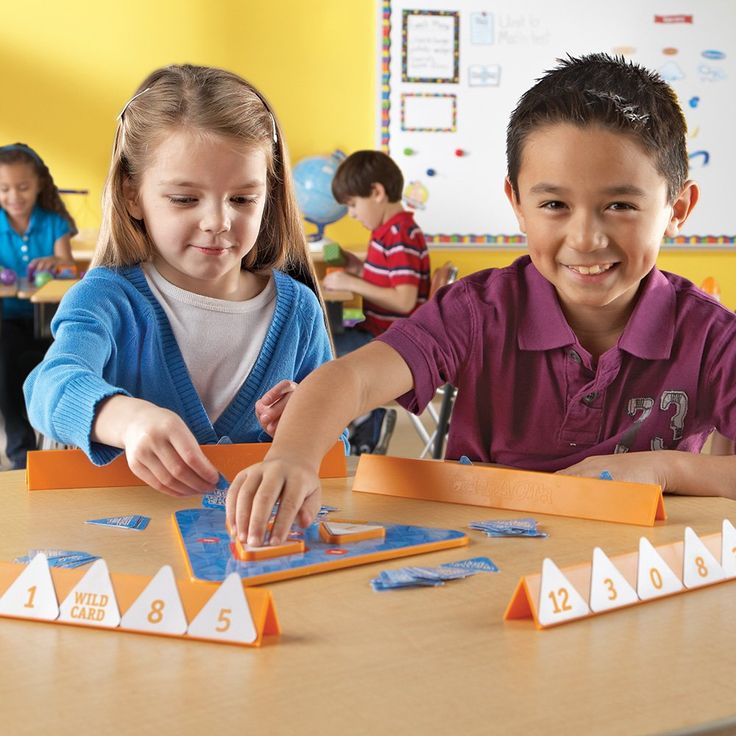 Some may gain some math skills later than other kids or have some that are advanced for their age.
Some may gain some math skills later than other kids or have some that are advanced for their age.
If you're concerned about progress in math, find out why some kids have trouble with math, and next steps to take.
Related topics
How to help your child understand math: useful tips from teachers
Mathematics becomes a difficult subject from the middle school onwards. Formulas, fractions, negative numbers - not all children cope with this amount of new knowledge. How to learn to understand mathematics and why it is important not to be afraid of bad grades, experts from the team of the new individual program in Yandex.Practical Mathematics tell.
How to help your child understand (rather than memorize) math
Daniil Lyuboshits, mathematics teacher Yandex.Practicum:
First, you should talk and explain to your child the difference between cramming and understanding. After all, a student who diligently memorized everything can get an even higher grade or solve a problem faster, and it may not be at all obvious to him that this is not the only way.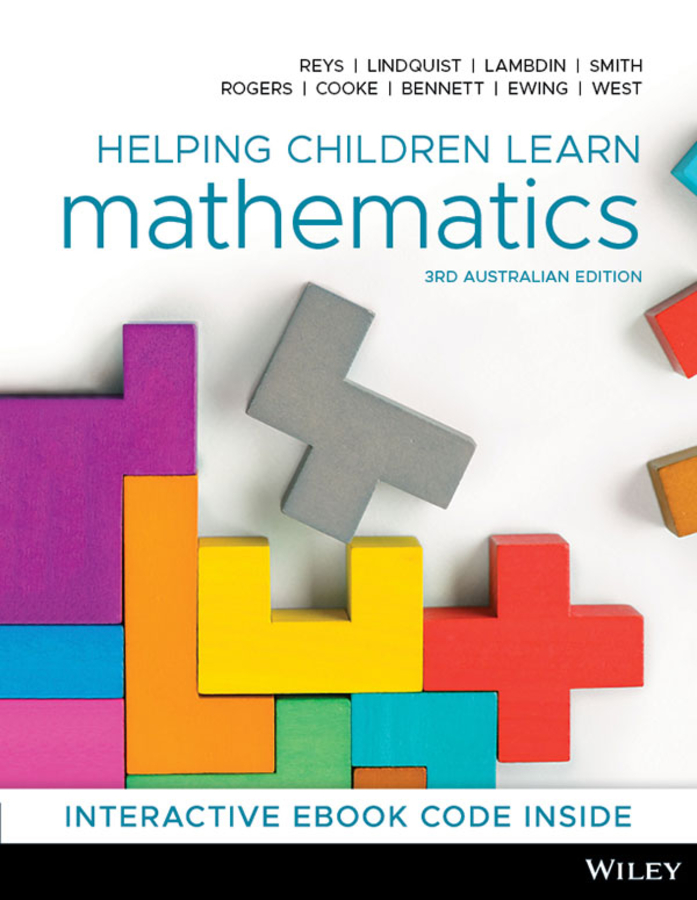 It is important that the child wants to understand the subject himself, so it will be more interesting for him to learn: it is much more fun to come up with algorithms than to memorize them.
It is important that the child wants to understand the subject himself, so it will be more interesting for him to learn: it is much more fun to come up with algorithms than to memorize them.
Learning math without understanding is like learning poetry in an unknown language. Painful, useless, and very quickly everything will be forgotten.
To fix this, the teacher should lead the student to discover key ideas instead of just talking about them. The child should feel the joy of an independent decision. After that, you can move on to some simple exercises, and it is important to try to give a link to life - where this mathematics can be found, except for a school notebook.
Fortunately, for most students, a correctly solved problem brings much more satisfaction than just a high grade. Problems arise if cramming has already become a habit. In such cases, it can be difficult to rebuild, and at first it will seem to the child and parents that everything has only gotten worse.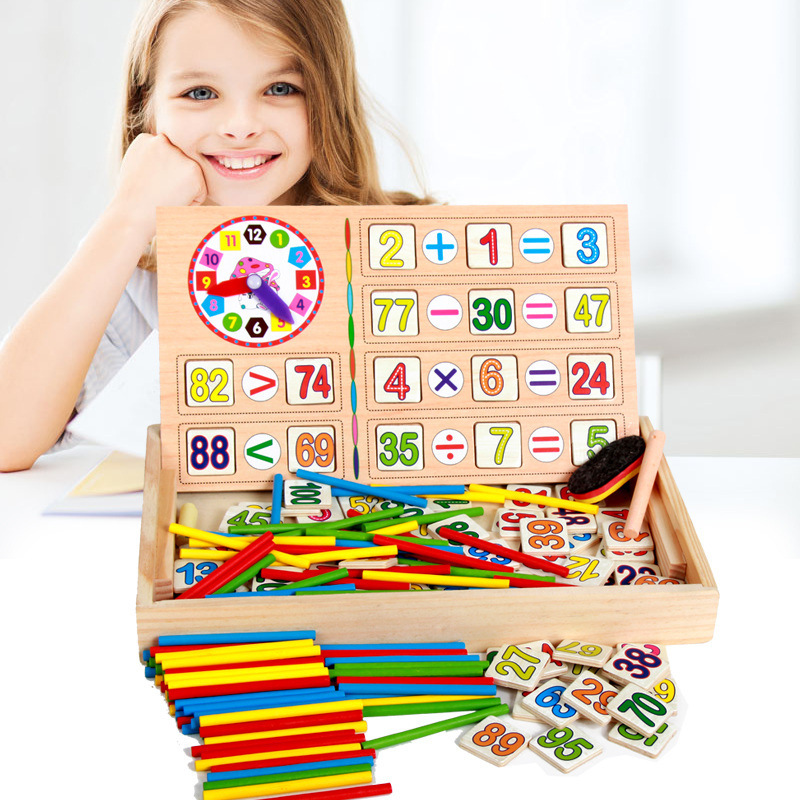 It is very important here not to press and not rush - to discuss something already familiar and learned, to try to understand together why and how what the student already knows works. From this it will be possible to build on further.
It is very important here not to press and not rush - to discuss something already familiar and learned, to try to understand together why and how what the student already knows works. From this it will be possible to build on further.
How to treat a child's mistakes
Anna Antonova, psychologist Yandex.Practicum:
It is important not to scold a child for every mistake. Blaming and expecting high performance can lead to math anxiety, a negative emotional reaction to situations that involve numbers, math, and calculations. Children and adults with mathematical anxiety cannot concentrate on tasks, as their entire resource of memory and attention is occupied by experiencing this negative feeling. The reason for this is often negative experiences and stereotypes. For example, if a child was often told: “He is a humanist”, “Mathematics is not your thing”, “Girls write essays better”. The perception of the subject is also influenced by the experience of communication with the teacher.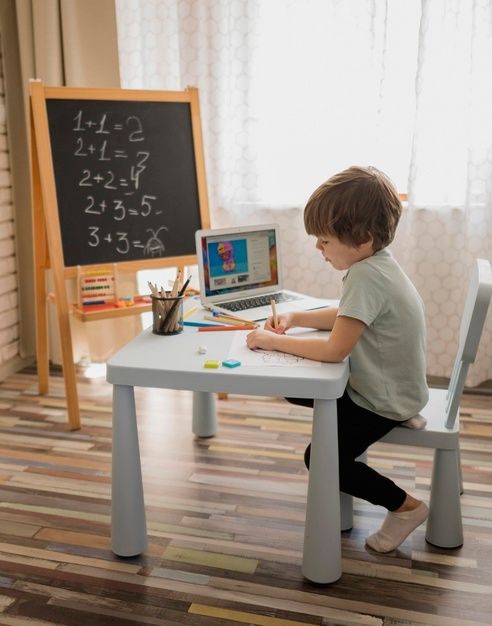 If he scolded and shamed, this can also increase dislike for the subject.
If he scolded and shamed, this can also increase dislike for the subject.
In psychology, there is such an effect as "shifting a motive to a goal." A child comes to a tutor to pull up a two or three, and suddenly begins to understand how to solve problems. This inspires confidence, the process of solving problems begins to bring pleasure. This is how the motivation for a deeper study of the subject and even love for it is born.
To help the child, the parent must allow him to make mistakes
It is mistakes that help us understand that the algorithm of actions is wrong and we need to look for a new solution. It is important to remember that things that are obvious to the parent are not always clear to the child. Recent studies have shown that adults and children use different parts of the brain when solving math problems. In a child, the parts of the brain responsible for emotions and perception are involved. Therefore, it is especially important that mathematics be associated with positive emotions.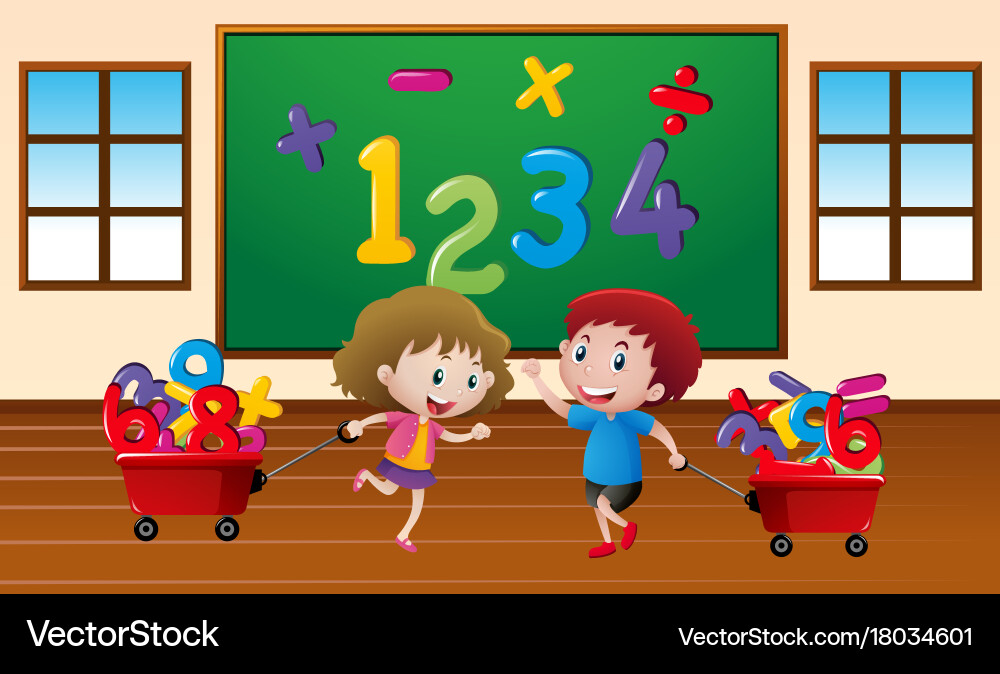 You should not be angry with the child for misunderstanding. The main thing is to remember that your relationship is much more important than any grades. School will end one way or another, exams will pass. But the "sediment" can remain forever.
You should not be angry with the child for misunderstanding. The main thing is to remember that your relationship is much more important than any grades. School will end one way or another, exams will pass. But the "sediment" can remain forever.
How to respond correctly to school grades
Anna Antonova:
Evaluation in general is a controversial subject. On the one hand, it reflects the level of knowledge of the student and the quality of the task. On the other hand, it is influenced by many factors (the mood of the student, relations with the teacher, a particular subject and the school as a whole), and it is rather difficult to call this entity objective. At the same time, the myth that good parents have children with straight honors is still alive. The children themselves also feel this: it seems to them that they will let their parents down if they get a bad grade or a low score on the exam.
It is difficult for parents to be impartial about evaluations, because it seems that their parenthood is partly evaluated.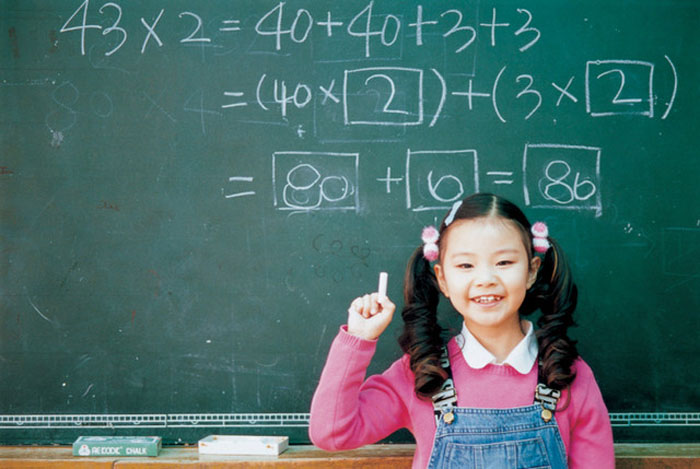 It is important to remember that a school grade is not an assessment of a child's personality or learning ability, but simply a tool.
It is important to remember that a school grade is not an assessment of a child's personality or learning ability, but simply a tool.
Our culture tends to focus more on mistakes than on achievements
Parents spend much more time with their children helping them fix bad grades than talking about how the child got an A. The child may take this as a signal: "Yeah, mom will sit with me longer if I get a bad grade instead of a good one." Thus, the cause of problems at school may lie in the child's need to receive more attention from parents. In order to prevent such a situation, it is important for parents to regularly pay attention to what the child is doing well.
Why a child gets twos or threes should be dealt with carefully, without undue anxiety and criticism. If there are a lot of bad grades, you should first talk with the child and find out the reason. And if there are difficulties with understanding, gaps in mastering the program, ask the teacher for help. A professional will be able to see what kind of knowledge the child lacks, understand the reasons for the mistakes and be able to speak them correctly with the student.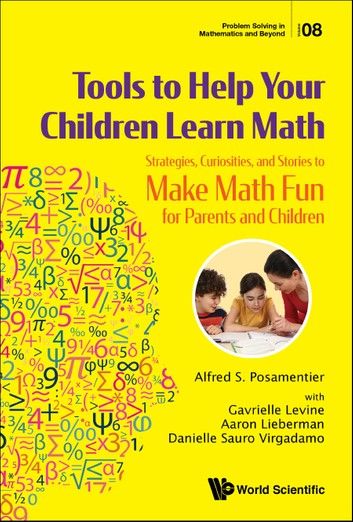
Daniil Lyuboshits:
A school grade may not reflect a child's actual knowledge or potential. This happens for various reasons. Sometimes the standard explanation that works for eight children out of ten will not work for two. Even at the Mehmat of Moscow State University, you can meet students who studied at school with triples and deuces. The assessment may indicate that the teacher could not or did not have the opportunity to find an approach, or the learning environment does not suit the student, or he is simply not interested in learning - he does not put in effort, skips.
A child's motivation for learning can be completely different, and this also affects grades. For example, if a student does not understand a subject, but is cramming, then he has a motivation for good grades or approval. Parents may not even suspect that the child has gaps in understanding, because the grades in the diary are good. Such motivation does not need to be destroyed, it is better to direct it in the right direction: to arouse in a diligent child an interest in the subject itself, to show what is behind the learned algorithms and why understanding them is much more interesting than just teaching. The student needs to be aware that he is doing something. Small victories spark interest.
The student needs to be aware that he is doing something. Small victories spark interest.
Gradually it is better to develop a more fundamental interest. For some children, it is important to answer the question “why do I need this?”. Someone already in the sixth grade wants to program, someone wants to build robots, study linguistics or biology. It is important to convey that all this will require mathematics. And, of course, mathematics itself, its inner beauty and deep ideas can interest the student.
What to read to parents of schoolchildren: a list of Yandex.Practicum experts
- How to talk so teenagers will listen and how to listen so teenagers will talk by Adele Faber and Elaine Mazlish
- "A book for imperfect parents", Irina Mlodik
- "What is mathematics for?" by Francon Davies Behn
Online education service Yandex.Practice launched an individual program for teaching school mathematics for students in grades 5–8. Children study one-on-one with a teacher in an online format. Before the start of classes, experts diagnose the student's knowledge and develop a special curriculum. Parents can choose one, two or three classes per week for the child, depending on what goals he sets for himself. And if a student has problems during the learning process, specialists will sort them out with the child on an individual basis.
Children study one-on-one with a teacher in an online format. Before the start of classes, experts diagnose the student's knowledge and develop a special curriculum. Parents can choose one, two or three classes per week for the child, depending on what goals he sets for himself. And if a student has problems during the learning process, specialists will sort them out with the child on an individual basis.
how to be in time 3 months before school
Many children have difficulties with mathematics, very often they arise even in the first grades. At the same time, this situation is typical: the child did not understand some topic in the lesson, the parents have already forgotten the school curriculum and cannot explain the material to him. Bottom line: one misunderstood topic gradually acquires new gaps in knowledge, and as a result, by the end of the quarter, you have to hire a tutor.
How to avoid such problems? How to help a child? How to make him fall in love with mathematics from the first grade, solve problems with pleasure, and click examples like nuts?
To do this, it is worth starting to get acquainted with mathematics even before entering school.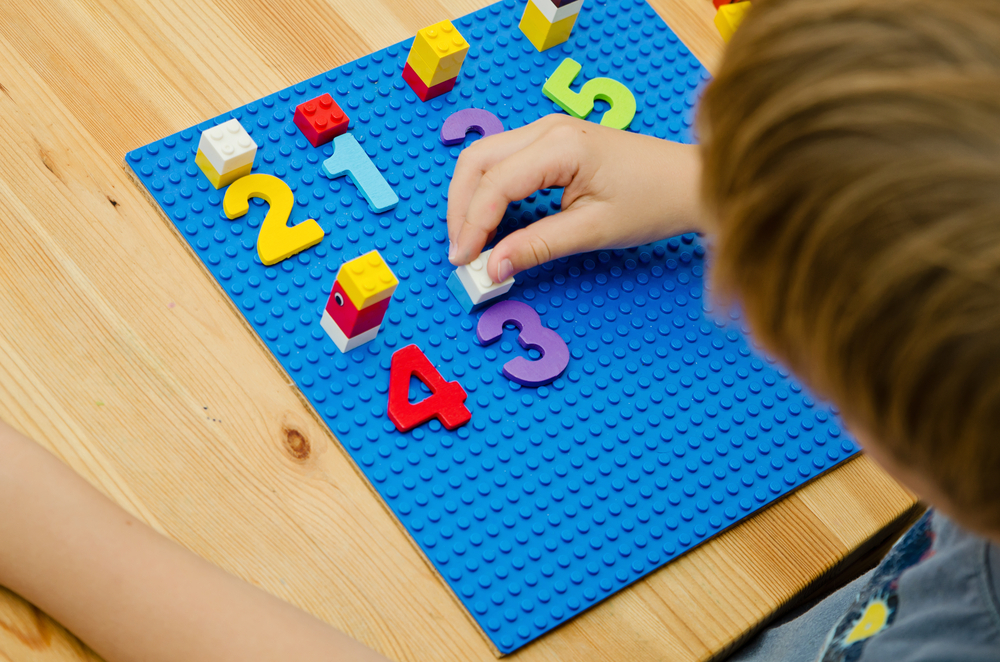 This will help the child to better adapt to school and feel more confident in the classroom.
This will help the child to better adapt to school and feel more confident in the classroom.
Today we will tell you how to introduce your baby to mathematics in just 3 months. Our tips will help your child master the simplest mathematical skills: they will introduce you to numbers and numbers, teach you how to add and subtract, and also solve text problems.
3 months before school. The first step in learning math
It's time to introduce your child to numbers and numbers, ordinal and quantitative counting, teach him to count and write numbers from 1 to 30. It's best to do this in the game. Exercise with the baby for no more than half an hour a day and make sure that he does not overwork.
First, introduce the child to the ordinal count from 1 to 10, then offer him exercises to consolidate knowledge.
Game tasks are best for getting to know numbers. Here are just a few types:
1. Match the numbers in the picture and write the number on the stencil. During these exercises, make sure that the child connects the numbers in order and calls each one out loud.
During these exercises, make sure that the child connects the numbers in order and calls each one out loud.
2. Count the objects. Fill in the missing numbers
2 months before school. The second step in teaching mathematics
When your child has memorized all the numbers, you can introduce him to simple arithmetic operations: addition and subtraction. Give your child tasks that get progressively more difficult. First, teach him addition, and only when you are sure that he has fully mastered it, proceed to subtraction.
Before giving the child examples, remember the numbers and the count with him. For example, with the help of such exercises.
Then you can offer him the first examples. First teach your child to add 1, then 2, 3, 4, and so on. The same with subtraction. Do not rush and move on to the next stage of classes only when the child has mastered the previous one.


